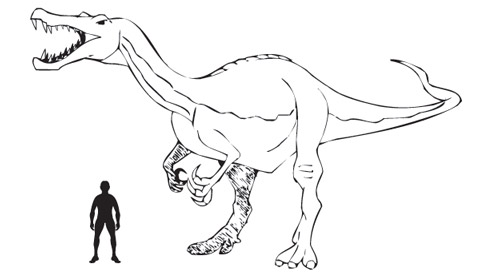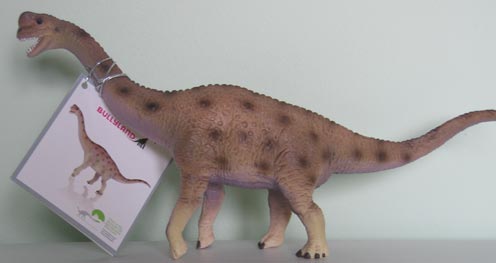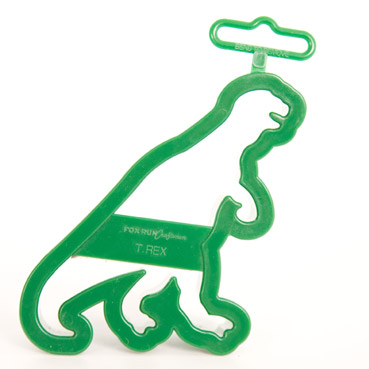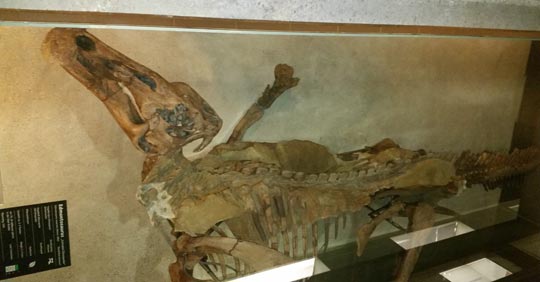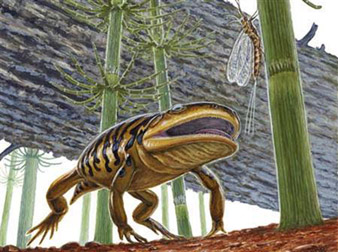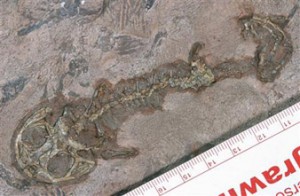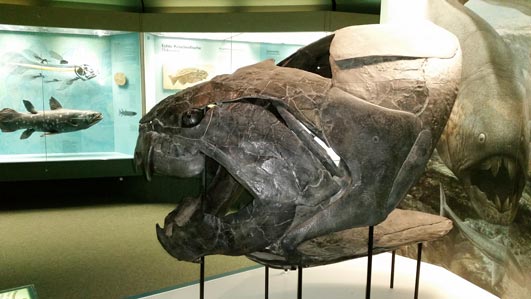New Research Shows Evidence of Interpersonal Violence in Neolithic Europe – Fighting over the Girls
Stone Age Tribes may have fought over Women as well as Resources
Stories of conflicts and wars being fought over women are common place in most cultures and societies. The story of Helen of Troy is a typical example, but now new research indicates that fights over women may have taken place in Neolithic times.
Neolithic Men
A new study published this week in the journal Antiquity, may indicate that men executed rivals in order to steal women from neighbouring tribes. In the research into interpersonal violence during the Neolithic of Northwest Europe, the researchers examined the teeth of 34 skeletons found in burial pit in Talheim, southwestern Germany. The pit was discovered in the 1980s and although the human remains had been studied previously, this research team was interested in uncovering the tribal relationships between the people who had been buried there 7,000 years ago.
The research, led by the Anthropology Department of Durham University, in co-operation with scientists from the University College London, Wisconsin University and a local German organisation, examined the teeth of the 34 skeletons found in the burial pit. Strontium, carbon and oxygen isotopes extracted from the ancient teeth, provide information on the person’s geological origin and diet.
Genetic Evidence
The genetic evidence gathered indicates that these were the remains of people killed in a fight between two rival tribes. The 34 people came from three groups – locals, cattle-herders and a “family” of a man, woman and two young children.
Within the group identified as being local to the area, there were only men and children, indicating that the women in this group were spared. Adult female skeletons were found amongst the “immigrants”, perhaps these are the remains of some of the aggressors, women who took part in the attack. The scientists have concluded that the absence of local females in the burial pit showed they were captured instead, and that could have been the primary motivation for this violent attack.
Lead author Dr Alex Bentley from Durham University’s Anthropology Department said: “It seems this community was specifically targeted, as could happen in a cycle of revenge between rival groups.”
Dr Bentley commented further: “Although resources and population were undoubtedly factors in central Europe around that time, women appear to be the immediate reason for the attack. Our analysis points to the local women being regarded as somehow special and were therefore kept alive.”
Research Funded by the Leverhulme Trust
The research was funded primarily by the Leverhulme Trust, with support from the National Science Foundation. This is part of wider research studying the history of interpersonal violence within Neolithic communities of North-western Europe.
Many local police forces are called in when fights break out on a Saturday night, often the cause of the dispute is an argument over girls, it seems our ancestors may also have fought over women. The archaeological findings from this study for the first time strongly suggest violence took place over mates as early as prehistoric times.
The skeletons from the mass grave in Talheim, were all buried in a single pit of three metres long. The deliberateness of the prehistoric attack was first realised when German skeletal experts determined that the majority had been killed by a blow to the left side of the head, suggesting the victims were bound and killed, probably with a stone axe. Others may have been killed from arrow-wounds from behind as if the victims had tried to flee.
Further research will be conducted with the aim of shedding more light on the causes and consequences of such violent actions. The perpetrators of these attacks were not some sort of ape-man but our own species, it seems men have been fighting over women for a very long time.
This article has been compiled using information from Science Daily and Durham University (2008, June 4). Men Fighting Over Women? It’s Nothing New, Suggests Research.
Visit Everything Dinosaur’s award-winning website: Everything Dinosaur.


